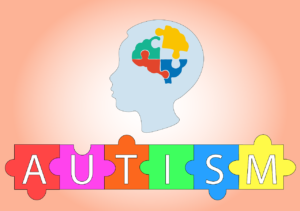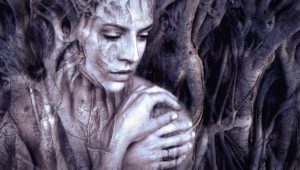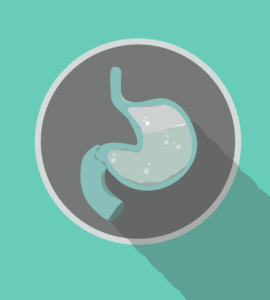My joy knew no bounds when I found out I was two months pregnant after six years of waiting and hoping. I had almost given up hope and wanted to adopt a child. I went for my pre natal session regularly and made sure I did everything I was told for the safety of my unborn child. The day I gave birth to John was the happiest day of my life.
I showered him with love and made sure my son was healthy but as he grew up, I couldn’t help but feel that something was wrong somewhere. Whenever i smiled at him or encouraged him to play with his peers, he doesn’t respond at all and always seem uninterested.
When I saw that he wasn’t really interested in things his peers were interested in, I began to worry. My son wasn’t interested in making friends and loved to play alone and he also had a strange attachment to his teddy bear.
Whenever his name was called, he might not respond like other kids but responds to other sounds like the horn of the car and he doesn’t make attempt to make baby sounds or make facial gestures.
All that made me really worried and I decided to take him pediatrician. After all the screening and diagnosis, it was discovered that John had autistic disorder. When I received the results I was really shocked and burst in tears.
Autism spectrum disorder (ASD) is a complex developmental condition that involves persistent challenges in social interaction, speech and non-verbal communication and restricted/repetitive behaviors. People with ASD are born with it and their problems usually begin in the first couple of years of life with the most obvious signs presenting around 2-3 years old, but some children with autism develop normally until toddlerhood when they stop acquiring or lose previously gained skills. Autism is a lifelong condition. However, many children diagnosed with ASD go on to live independent, productive and fulfilling lives.
There is no known cause for ASD but it is generally accepted that it is caused by abnormalities in brain structure or function.
Autism differs from person to person in severity and combinations of symptoms. Symptoms can range from mild to severe and often change over time.
Characteristics of Autism spectrum disorder falls into two categories;
Social interaction and communication problems: This includes difficulties in normal conversations, reduced sharing of interests or emotions, challenges in understanding or responding to social cues such as eye contact and facial expressions, difficulties in developing relationships( not being able to make friends), oversensitivity, hyperactivity or passivity.
Restricted and repetitive patterns of behaviors, interests or activities: They find it hard to adapt to a completely different environment or something they aren’t used to and rigidly adhere to routines. They also exhibit a strange attachment to objects and engage in repetitive movements like hand flapping, toe walking or rocking.
There is no cure for autism, but treatment can make a big difference. With therapy, people with autism learn language, improve in school, and build social skills.
John began a treatment program which includes;
A speech therapy to help with his talking and language skills.
A behavioral therapy to help improve his behavior and social skills to help relating to others.
It wasn’t easy at first but as time went on and as he continued to grow, he started opening up which was a really big progress and made some friends. It could be hard sometimes when he show some signs but I treat him with patience and love because my son John is a special kid and I love him that way.
Writer: Bolawole oreoluwa
University of medical sciences, Ondo State, NIGERIA.




Your disabilities does not determine your future..all these disorders even if they don’t have a cure can be managed
Exactly,I love the article